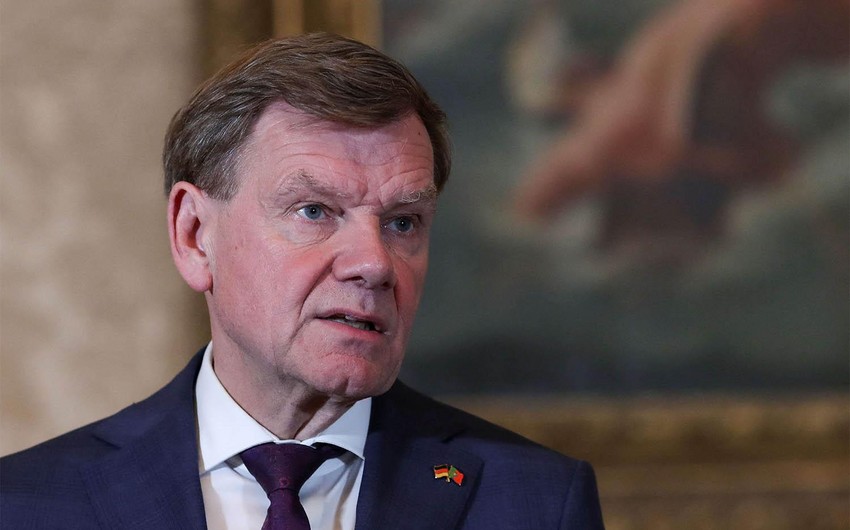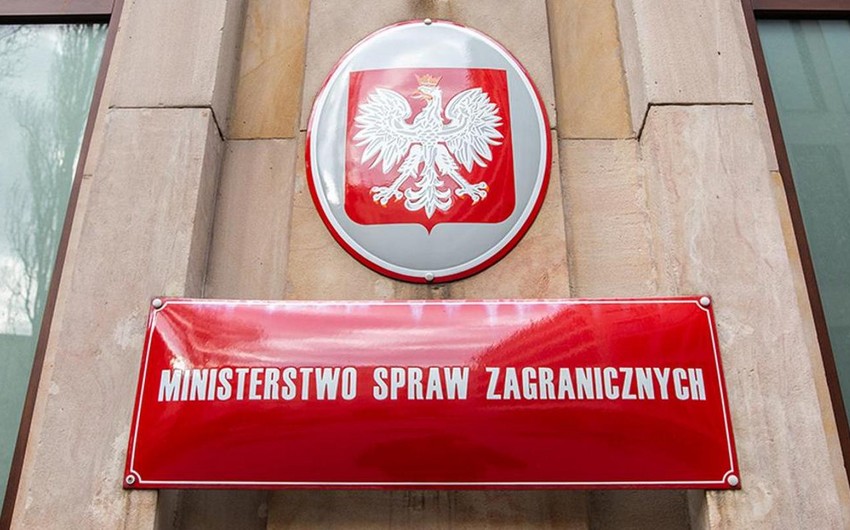Canadians will head to the elections on 28 April, with polls suggesting a tight race between the ruling Liberals and the opposition Conservatives.While Canadians don't vote for prime minister directly, the leader of the party that wins the most seats will traditionally become head of government.It will be the first election in a decade without former Prime Minister Justin Trudeau on the ballot, and the frontrunners in the race are Liberal leader Mark Carney and leader of the Conservatives, Pierre Poilievre.Here is a breakdown of the leaders of Canada's major political parties.
Carney, 60, is the incumbent prime minister of Canada, but he has only been on the job for a few weeks.His party overwhelmingly chose him - with more than 85% of the vote - to succeed Justin Trudeau as Liberal leader in early March. He became prime minister shortly after, following Trudeau's resignation.For many in Canada and the UK, Carney is a familiar face. He was head of both the Banks of Canada and England, serving at the former during the 2008 financial crash and the latter during Brexit.He was born in Fort Smith, Northwest Territories, making him the first Canadian prime minister from the north. Carney later grew up in Edmonton, Alberta, before he attended Harvard University and then Oxford, where he studied economics.
Carney is hailed for his financial expertise. He has also taken a defiant stance against US President Donald Trump, vowing retaliation against his tariffs and stating that Canada will never become the 51st US state.But Carney is politically untested. He has never been elected to public office in Canada, and this general election will be his very first.He is not as fluent in French as his opponents, though that has yet to be a liability among voters who feel strongly about preserving Canada's French-speaking heritage, especially in the province of Quebec.He has faced some criticism for taking multiple breaks during the campaign - amid a trade war with the US - to focus on his role as prime minister.
Conservative leader Pierre Poilievre
Poilievre, 45, originally hails from Calgary, Alberta. He has been in Canadian politics for nearly two decades - first elected to the House of Commons at age 25, making him one of the youngest MPs at the time.Since then, he has consistently advocated for a low-tax, small government in Canada.He is known for his confrontational style of politics. In recent years, Poilievre tirelessly attacked the Liberals and Trudeau, saying that their "disastrous" and "woke" policies have worsened the quality of life in Canada, while promising a return to "common sense politics" if his party were to form government.
It is a message that has resonated with many Canadians who have been worried about the country's housing crisis, stagnant wages and high cost of living.Poilievre led in national polls from mid-2023 until this March, and analysts had projected a near-certain win for his party in the upcoming election.But a series of events - Trudeau's resignation, Trump's inauguration, and the rise of Carney as Liberal leader - has made this election a much tighter race.
Poilievre has been criticised for his populist style of politics and has drawn comparisons to Trump at a time when Canadians have rejected the US President's tariffs and his rhetoric that Canada should become the "51st state".Poilievre has sought to shift his messaging, distancing himself from Trump and vowing to put "Canada first".Trump himself has said that Poilievre is not "MAGA enough", though the Conservative leader has been praised by Trump ally and tech titan Elon Musk.
New Democratic Party leader Jagmeet Singh
Singh, 46, is leader of the NDP, a left-leaning party that traditionally focuses on worker and labour issues. He made history in 2017 when he became the first ethnic minority and practicing Sikh to lead a major political party in Canada.
In 2019, the former criminal defence lawyer was elected as an MP in a British Columbia riding, where he has served in public office since.The NDP had helped the Trudeau Liberal government keep its hold on power since 2021, providing needed votes in Parliament in exchange for support on progressive legislation like dental benefits for lower-income families and a national pharmacare programme covering birth control and insulin.
But in late 2024, Singh tore up that "supply and confidence" agreement, after Trudeau's cabinet directed its industrial relations board to impose binding arbitration to end a work stoppage at Canada's two largest railways.At the time, Singh had said that the Liberals "let people down" and didn't "deserve another chance from Canadians".But his party has struggled to shore up support. Polls suggest that only 8.5% of Canadians nationally intend to vote for them as of mid-April.
A big question will be whether the NDP will be able to retain the number of seats they occupy in the House of Commons and maintain official party status.In the early 2010s, the party had enough support to form the official opposition,meaning it was the party with the second-most seats in Parliament. By 2021, their seat number had shrunk to 24 out of 338.
Madina Mammadova\\EDnews









